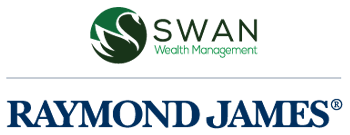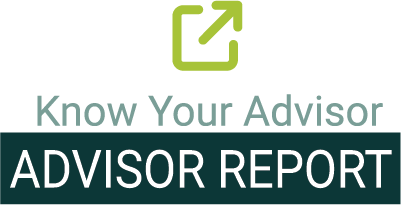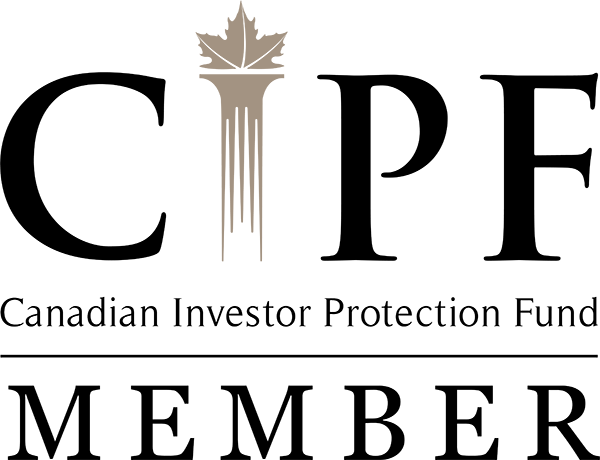401(K) in Canada
Written by Tiffany Woodfield, CRPC®, CIM®, TEP®
Reading Time: 8 minutes 42 seconds.
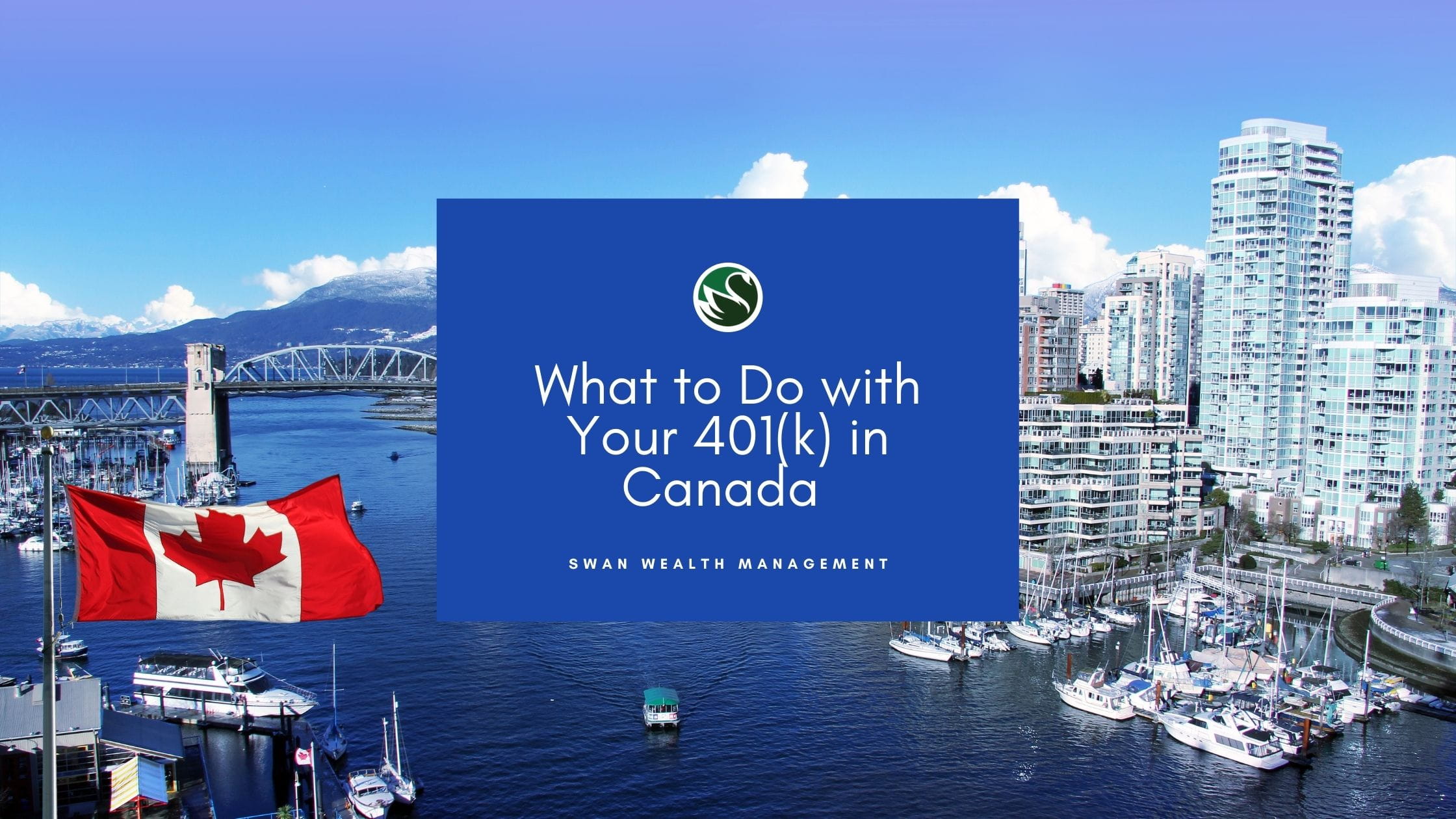
If you're searching for “401k Canada," you're likely an American living in Canada looking for answers about taxation and investment management. In this guide, we'll cover many of the details that US persons living in Canada need to know about dealing with their 401(k) in Canada.
When retiring from the US to Canada, many people discover that their 401(k) might not be the best retirement vehicle. Once moving to Canada, the 401(k) is frozen and cannot be actively managed. In many cases a holder cannot even see the individual holdings.
Once an account is restricted, essentially frozen, it is hard to find information on what to do and there is usually nobody there to help. Is there a way to have your 401(k) moved and managed from Canada? What are the options?
US persons want two basic things: to be onside with the IRS and to avoid a large tax bill.
An option may be to move a 401(k) or 403(b) into a rollover IRA and have the IRA managed from Canada. In order to do this, a dual Canada/USA licensed cross-border financial advisor is needed. This dual licensing means an advisor is familiar with the rules regarding rollovers to an IRA and can guide an individual on how it can be managed whether they live in Canada or the USA. This also works with multiple 401(k)s or 403(b)s that need to be simplified to plan an income stream now and into the future.
SUMMARY OF KEY POINTS:
- Do not collapse your 401(k). It can be moved into a Rollover IRA and be
managed from Canada by a dual licensed advisor. - Do not transfer your 401(k) or Rollover IRA into an RRSP.
- Minimize exposure to anything the IRS treats as a PFIC (Passive Foreign
Investment Company). - You may be entitled to both Canada Pension Plan and US Social Security
benefits depending on your work history. - Plan ahead by consulting with a cross-border financial advisor, so you can
understand the options on how to move your 401(k) to Canada and keep the tax
deferred status. - Have a pre-immigration consultation with a Cross-Border Accountant.
- Understand the 401(k) equivalents in Canada.
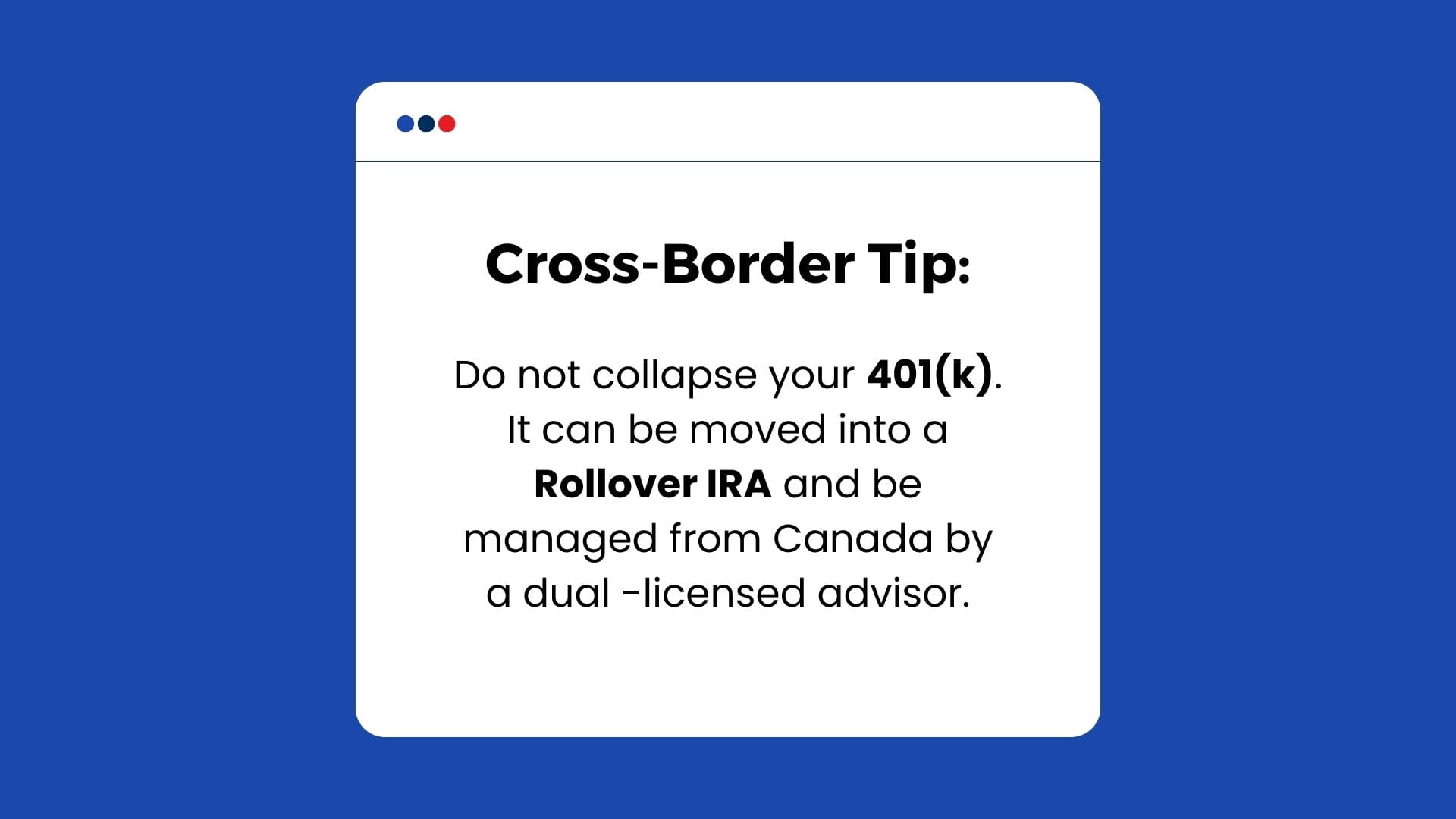
It is possible to transfer a rollover IRA into a Canadian RRSP, but this is often not the best solution for U.S. citizens because it likely results in double taxation. In addition, when an individual transfers an IRA to a RRSP, this causes withholding taxes in the US. It also means they have to top up the RRSP with funds from another source to fully offset the IRA income inclusion in Canada. If they don’t have other sources to top up the RRSP, this room will be lost forever and the taxpayer will be taxed in Canada on the difference between the amount of the IRA and the amount contributed to the RRSP.
In addition, an IRA may be a superior vehicle because it allows an investor to name multiple non-spouse beneficiaries for tax deferral; whereas, with the RRSP/RRIF, one can only name their spouse for tax deferral purposes. This means after the last surviving spouse passes, the RRSP/RRIF goes to the estate, and taxes must be paid by the estate at the deceased taxpayer’s marginal tax rate. These additional taxes paid in the year of passing on an RRSP/RRIF greatly reduce the funds an individual would leave to their beneficiaries. An IRA enables the beneficiaries to stretch the taxable income over a number of years and exclude the value from the deceased’s terminal tax return.
Table of Contents:
- 401k Equivalents in Canada
- 3 Main Differences between a Canadian RRSP and 401k
- Similarities between a Canadian RRSP and 401k
- Roth 401k vs. TFSA in Canada
- RRSP vs. Group RRSP
- How to Bring 401ks and IRAs to Canada
- Retirement in Canada vs. USA: CPP, Old Age Security, and Social Security
- Minimize Your Retirement Tax Burden as a Dual Citizen
- Working with a Cross-Border Financial Advisor and Accountant
401k Equivalents in Canada
A 401(k) is similar to a Canadian Group Retirement Savings Plan. They both were set up by governments to help people save for retirement and are administered by an employer. These plans allow an employee to divert a portion of their salary into long term investments and the employer may match the contribution of the employee up to a limit.
A Roth 401(k) is similar to a Canadian Group TFSA in that a person can contribute with after-tax money so there is no deduction when they contribute, there is tax free growth, and the withdrawals aren’t taxed if the withdrawals meet certain conditions.
3 Main Differences between a Canadian RRSP and 401k
1) Set Up
The main difference between a RRSP and 401(k) is that a 401(k) is usually set up in the US through an employer and contributions are deducted from the employee’s paycheck. Or if you are self-employed you can set up an individual 401(k). A Canadian self-directed RRSP is opened by an individual as long as they have earned income in the year prior. A Group RRSP is similar to a 401(k) and is set up and opened with an employer.
2) Withdrawal Penalty
A Canadian RRSP does not have early withdrawal penalties, aside from withholding tax and income tax; whereas, a 401(k) has a 10% penalty for early withdrawal. This penalty applies if someone withdraws money prior to turning age 59.5.
3) Contributions & Carry Forward Rules
The RRSP contribution limit is 18% of an individual’s previous annual salary and other earned income. The unused RRSP room can be carried forward indefinitely and used in a future year. However, you cannot contribute to an RRSP for yourself or a spouse who turned 71 in the year prior.
A 401(k) contribution limit is not based on income, but a standard yearly amount set by the IRS, and the contribution room cannot be carried forward. The 401(k) also offers a “catch-up” provision with higher contribution levels after age 50. The contribution limit for a 401(k) in 2024 is $23,000 under age 50 and $30,500 if age 50 or older by year-end.
Similarities between a Canadian RRSP and 401k
A Canadian RRSP and a 401(k) plan are designed to build savings to help plan for retirement. They are government sponsored and have rules and contribution limits. All the money in a RRSP and 401(k) are pre-tax dollars unless it is a Roth 401(k) which is after-tax contributions. Holders have the benefit with both plans of tax-deferred growth and only pay tax when they withdraw funds. They both allow a diverse mix of investments such as stocks, bonds, mutual funds and GICs.
Roth 401k vs TFSA in Canada
A Roth 401(k) and a TFSA are similar in that they are both funded with after-tax dollars, allow tax-free growth and contributions are not deductible.
The main difference is the rules around how to contribute, how much is allowed to be contributed, and when to withdraw. A Roth 401(k) has a 5-year rule, meaning someone must wait five years from the day they first contribute before taking out earnings and not paying tax. A TFSA contributor doesn’t need earned income, but they must be 18 years of age and a resident of Canada with a SIN.
A Roth 401(k) is an employer program, and only taxpayers with earned income can contribute. In 2024, the yearly limit for a TFSA is CAD $7,000, whereas the 2024 limit for a Roth 401(k) is USD $23,000 and up to USD $30,500 if the taxpayer is 50 or older.
Background on TFSA
A TFSA came into effect in Canada in 2009.
Contributors must be Canadian residents and at least 18 to accumulate room in a TFSA. The annual contribution limit ranges from CAD $5,000 to $10,000. If someone has never contributed but was a Canadian resident and at least 18 in 2009, they will have $95,000 of room in their TFSA in 2024.
The annual limit adds to a taxpayer’s TFSA contribution room at the beginning of each year.
It's important to note that a brokerage TFSA may not be the best tool for a US person living in Canada. The IRS considers it taxable, and it may be seen as a foreign trust, causing complicated tax filing and extra fees. It's important to speak to your cross-border accountant and cross-border financial advisor before opening a TFSA.
RRSP vs. Group RRSP
An RRSP is a Registered Retirement Savings Plan that can be set up by an individual or as a Group Retirement Savings Plan. The major difference is an RRSP is set up by the individual and a Group RRSP is set up by an employer for the employees as a benefit. The employer’s contributions are tax-deductible for the business and employers will often match the employees’ contributions as a percentage or dollar match up to a maximum. The employees can contribute directly from their payroll using pre-tax dollars. Both plans allow pre-tax money to grow tax-deferred until it is withdrawn and then it is taxed at their marginal rate.
How to Bring 401ks and IRAs to Canada
The way to bring a 401(k) to Canada is to rollover the 401(k) to an IRA and have it managed from Canada. If an individual works with an advisor who is licensed in Canada and the US (dual licensed), they can do this rollover before they move to Canada, or once they are in Canada. Multiple 401(k)s can be rolled into one IRA to make retirement planning easier when planning income streams and when one needs to take Required Minimum Distributions (RMDs).
Retirement in Canada vs. USA
CPP, Old Age Security, and Social Security
The Canada Pension Plan (CPP) and US Social Security are government-sponsored mandatory old-age pension systems. They are both funded by wages and provide retirement, disability, and survivor benefits.
In Canada, the income limits, tax rates, and benefits for CPP (Canada Pension Plan) are generally lower than those for U.S. Social Security. The amount a person receives from CPP depends on their income and how much they contributed through mandatory payroll deductions during their working years.
In the US, the maximum monthly Social Security retirement benefit in 2024 is USD $4,873 for someone who earned full credits and retired at the full retirement age. The maximum Canadian Pension Plan (CPP) monthly benefit in 2024 is CAD $1364.
Canada also has an Old Age Security (OAS) pension that starts at age 65 and is based on time spent living in Canada over 18. The average OAS payment in 2024 is CAD $713. The government can claw back that OAS payment if someone earns more than CAD $90,997, and will be reduced to zero if their income is more than CAD $142,609 if between ages 65 and 74 or $148,179 if age 75 and over.
Find more information from the CRA here >
Find more information about pensions in Canada here>
Minimize Your Retirement Tax Burden as a Dual Citizen
The main tactics to prevent overpaying taxes as a dual citizen are:
- Minimize exposure to anything the IRS sees as a Passive Foreign Investment Company (PFIC) as this causes increased reporting and potential taxes.
- Keep investments in an IRA and have it managed from Canada rather than transferring to a RRSP.
- Work with an advisor that knows the investments that are beneficial to a Canadian resident and do not cause an additional IRS tax liability.
- Work with an accountant familiar with both Canadian and U.S. tax obligations, foreign tax credits, and who understands the Canada-U.S. Income Tax Treaty.
Working with a Cross-Border Financial Advisor and Accountant Is Critical
Before moving, a US citizen or green card holder should consult with a cross-border financial advisor and a cross-border accountant to prevent costly mistakes. The US advisor is no longer licensed to help once a move to Canada is made. A cross-border financial advisor can advise on which accounts to keep and what not to do. A cross-border accountant can help plan ahead to mitigate what could be a large taxable event.
Are you an American retiring in Canada?
To ensure that you’re optimizing your cross-border financial plan, we recommend speaking with one of our Cross-Border Financial Advisors.
Schedule a 15-minute discovery call and find out if we can help you simplify and optimize your retirement investments.
Schedule a Call
Common Questions Saving for Retirement as a Dual Citizen in Canada or the US
What are the annual contribution limits for a 401(k)?
In the United States, 401(k) plans have specific annual contribution limits set by the IRS. For instance, in 2024, the limit is $23,000 for individuals under 50, with an additional $7,500 catch-up contribution allowed for those 50 and over.
Understanding these limits is crucial for cross-border financial planning. High-income earners need to know how much they can contribute without incurring penalties and how these contributions affect their overall tax and retirement strategy when moving between countries.
Do I need a Registered Retirement Income Fund (RRIF)?
After converting their RRSPs (Registered Retirement Savings Plans) into RRIFs upon retirement, Canadian residents begin receiving regular payments, which are taxable as income.
For those with 401(k) plans moving to Canada, it's essential to understand the similarities and differences between RRIFs and 401(k) distributions to manage and plan retirement income effectively.
Is a Tax-Free Savings Account (TFSA) a good option for dual citizens retiring in Canada?
Unlike 401(k) plans, contributions to a TFSA are not tax-deductible, but withdrawals are tax-free in Canada. For cross-border individuals, a TFSA can cause additional complications because it is considered a taxable account for the IRS and may be viewed as a foreign trust. Speak to your cross-border accountant and cross-border financial advisor to determine if a TFSA might still be an option for you as a Canadian tax resident.
Are Registered Retirement Savings Plans (RRSP) a good financial planning tool for dual citizens retiring in Canada?
RRSPs are Canadian retirement savings plans with tax-deferred growth, similar to a 401(k), except for contribution rules. To have contribution room in an RRSP, you must have worked in Canada because the amount you can put into an RRSP is based on earned income in Canada.
Do I need to work with a cross-border financial advisor?
If you have investable assets of more than $1M, it's important to work with a cross-border advisor and accountant to ensure you avoid falling into any tax pitfalls or making any expensive cross-border mistakes. If you have less than $1M in investable assets, it would still be wise to seek the advice of a cross-border accountant to make sure you’re on the right track.
As an American living in Canada, what do I need to know about income taxes on my 401(k)?
As an American living in Canada, you must report your worldwide income to Canada and the US. Earnings in your 401(k) are tax-sheltered until you make a withdrawal, at which point you must report the income on your Canadian and US tax returns.
As a cross-border person, which retirement savings accounts will work for me?
If you are a cross-border person living and working in Canada, an RRSP and group RRSP are good retirement savings accounts because they don’t cause extra tax complications.
If you are a Canadian living in the US, an IRA, Roth IRA, and 401(k) are good retirement savings accounts. They help you save for retirement and are recognized by the Canada-US Income Tax Treaty.
ABOUT THE AUTHOR
Tiffany Woodfield is a dual-licensed financial advisor and the co-founder of SWAN Wealth Management, along with her husband, John Woodfield. Tiffany specializes in advising clients who live both in Canada and the United States and need to simplify their cross-border financial plan, move their assets across the border, and optimize their investments so they can minimize their tax burden. Together Tiffany and John Woodfield, CFP and Portfolio Manager, help their clients simplify their cross-border finances and create long-term revenue streams that will keep their assets safe whether they live in Canada or the US. Click here to schedule an introductory call with SWANWealth Management.
- SWAN Wealth Management of Raymond James Ltd. Suite 1000 - 1499 St Paul Street Suite 1000 Kelowna, BC V1Y 6P1
- T 250.979.1805
- F 250.979.2749
- Map & Directions
- Map & Directions
© 2025 Raymond James Ltd. All rights reserved.
Privacy | Advisor Website Disclaimers | Manage Cookie Preferences
Raymond James Ltd. is an indirect wholly-owned subsidiary of Raymond James Financial, Inc., regulated by the Canadian Investment Regulatory Organization (CIRO) and is a member of the Canadian Investor Protection Fund.
Securities-related products and services are offered through Raymond James Ltd.
Insurance products and services are offered through Raymond James Financial Planning Ltd, which is not a member of the Canadian Investor Protection Fund.
Raymond James Ltd.’s trust services are offered by Solus Trust Company (“STC”). STC is an affiliate of Raymond James Ltd. and offers trust services across Canada. STC is not regulated by CIRO and is not a Member of the Canadian Investor Protection Fund.
Raymond James advisors are not tax advisors and we recommend that clients seek independent advice from a professional advisor on tax-related matters. Statistics and factual data and other information are from sources RJL believes to be reliable, but their accuracy cannot be guaranteed.
Use of the Raymond James Ltd. website is governed by the Web Use Agreement | Client Concerns.
Raymond James (USA) Ltd., member FINRA/SIPC. Raymond James (USA) Ltd. (RJLU) advisors may only conduct business with residents of the states and/or jurisdictions in which they are properly registered. | RJLU Legal
Please click on the link below to stay connected via email.
*You can withdraw your consent at any time by unsubscribing to our emails.
© 2025 Raymond James Ltd. All rights reserved. Member IIROC / CIPF | Privacy Policy | Web Use Agreement
